I have an image with a yellow vase in the foreground and transparent background:

I'm drawing it on a CGContext:
CGContextDrawImage(context, CGRectMake(0, 0, 100, 100), myImage.CGImage);
I can draw a shadow around it by using the following statement before CGContextDrawImage:
CGContextSetShadowWithColor(context, CGSizeMake(0,0), 5, [UIColor blueColor].CGColor);

But I want to put a stroke around the image, so that it'll looks like following:

If I did this:
CGContextSetRGBStrokeColor(shadowContext, 0.0f, 0.0f, 1.0f, 1.0f);
CGContextSetLineWidth(shadowContext, 5);
CGContextStrokeRect(shadowContext, CGRectMake(0, 0, 100, 100));
It (obviously) draws a rectangular border around the whole iamge like this:

Which is not what I need.
But what's the best way to draw the border as in the third image?
Please note that it's not possible to use UIImageView in this case, so using the properties of CALayer of UIImageView is not applicable.
